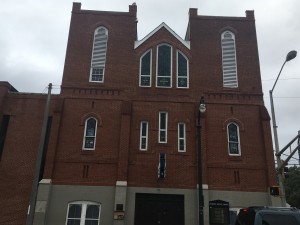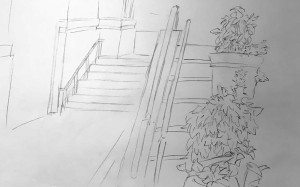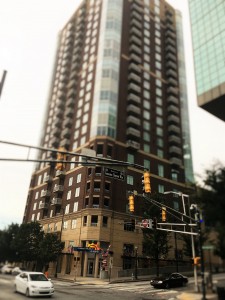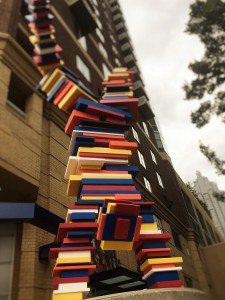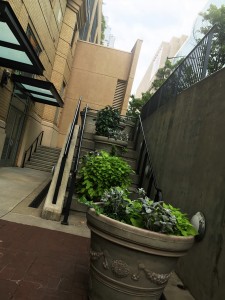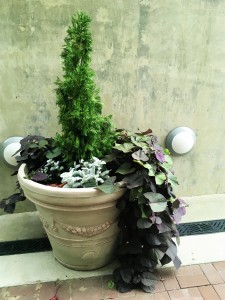Thesis: The design of GSU’s Piedmont North dormitory appears to promote diversity and unity, but a close examination of the materials and overall layout reveals the perpetuation of a divisive and private culture.
Bibliography:
Lincoln, S. (2012). Youth Culture and Private Space. London, UK: Palgrave Macmillan UK
Key Word Search Terms:
- Interpersonal relationships
- private culture
- diversity vs. unity
- the right to the city
- the dormitory experience
- traffic flow
- propinquity
- sociometry
- territoriality
- neighbour noise
- emotional stress
Annotated Bibliography:
Purcell, M. (2014). POSSIBLE WORLDS: HENRI LEFEBVRE AND THE RIGHT TO THE CITY. Journal Of Urban Affairs.
Purcell, M., POSSIBLE WORLDS: HENRI LEFEBVRE AND THE RIGHT TO THE CITY, “There has been much attention paid recently the idea of the right to the city. In order to fully appreciate the power of the idea, we should understand it through a close reading of Henri Lefebvre’s body of work on the city and politics.” This article serves to report the information from Henri Lefebvre’s idea of the right to the city. The purpose of this text is to discuss how the “right to the city” can be applied practically to cities today. The target audience is educated readers of the Journal of Urban Affairs.

